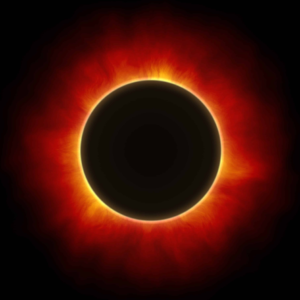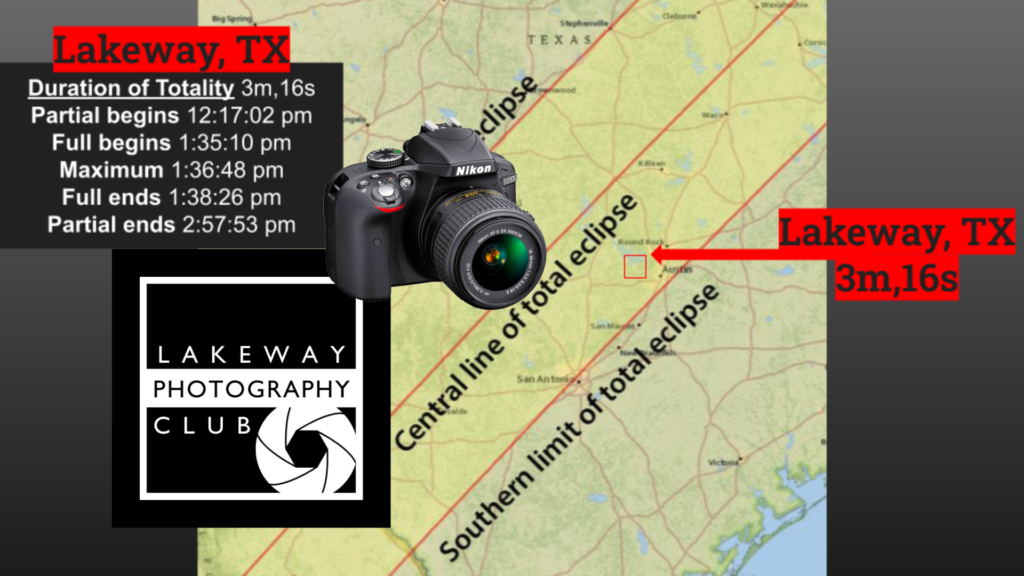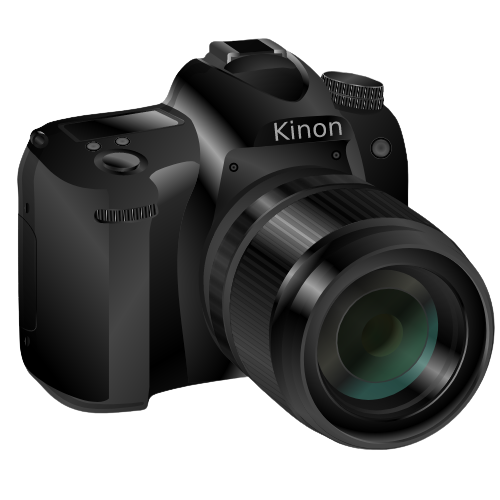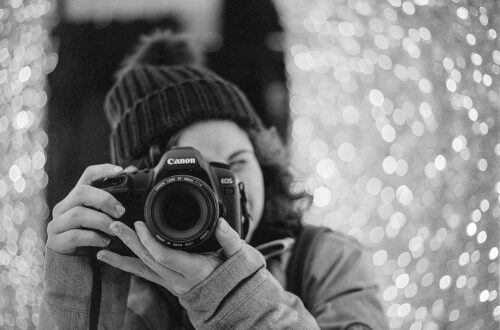
Capture the Spectacle: Top Tips for Photographing a Solar Eclipse
 Are you ready for the upcoming eclipse? Lakeway and Central Texas will soon experience a total solar eclipse on Monday April 8, 2024 at approximately 1:35pm (depending on weather and cloud cover). For about 3 minutes and sixteen seconds the sky will be dark, stars will be visible, and the sun will be covered by the moon so only the corona of gases is visible. It is one of the world’s most rare and wondrous natural phenomena. It is profoundly different from the partial eclipses that most of us have experienced. The last total solar eclipse with Austin in the path was May 26, 1397… 627 years ago. And the next one after 2024 will be February 25, 2343… 319 years from now! In other words, you really don’t want to miss this once-in-a-lifetime event!
Are you ready for the upcoming eclipse? Lakeway and Central Texas will soon experience a total solar eclipse on Monday April 8, 2024 at approximately 1:35pm (depending on weather and cloud cover). For about 3 minutes and sixteen seconds the sky will be dark, stars will be visible, and the sun will be covered by the moon so only the corona of gases is visible. It is one of the world’s most rare and wondrous natural phenomena. It is profoundly different from the partial eclipses that most of us have experienced. The last total solar eclipse with Austin in the path was May 26, 1397… 627 years ago. And the next one after 2024 will be February 25, 2343… 319 years from now! In other words, you really don’t want to miss this once-in-a-lifetime event!
Witnessing a solar eclipse is a breathtaking experience, and capturing it with your camera can elevate that memory to a whole new level. But photographing the sun requires special considerations for both safety and image quality. Here are some key tips to help you nail your eclipse photography:
Safety First:
- Never look directly at the sun, even through a camera. Use certified solar filters specifically designed for photography. These attach to your lens and block harmful radiation.
- Don’t use your camera’s viewfinder directly on the sun. Point the camera first and then compose your shot on the LCD screen.
- Be aware of your surroundings and avoid accidentally pointing your camera at others.
Gearing Up:
- Tripod: Essential for sharp images, especially during the longer exposure times needed for partial phases.
- Solar filter: As mentioned above, absolutely crucial for safe and successful photography.
- Telephoto lens: Zooms in on the sun for close-up detail (optional, but enhances the image).
- Remote shutter release: Minimizes camera shake during long exposures.
- Spare batteries: Eclipses can last a while, and you don’t want to miss a shot due to dead batteries.
Camera Settings:
- Manual mode: Gives you full control over exposure, crucial for the sun’s unique lighting.
- Aperture: Start around f/8-f/16 for good sharpness and depth of field.
- Shutter speed: Experiment beforehand to find the correct exposure. Aim for a histogram with the peak in the middle.
- ISO: Keep it low (100-200) to minimize noise.
- Focus: Set to manual and focus on the sun before the eclipse starts.
Capturing the Moments:
- Practice beforehand: Familiarize yourself with your camera and settings on a bright, sunny day.
- Capture the progression: Take photos throughout the eclipse, not just during totality.
- Experiment with composition: Include foreground elements like landscapes or buildings for added context.
- Shoot in RAW format: Allows for more flexibility in post-processing.
Bonus Tip: During totality, when the sun is completely covered, you can safely remove the solar filter and capture the corona, the sun’s outer atmosphere. This is a truly magical sight!
Remember, safety is paramount. By following these tips and preparing carefully, you can capture stunning images of this celestial event that will be treasured memories for years to come.

More tips and tricks:
- Long lenses over 300mm are recommended. The sun will be about 50 percent of the frame with a
500mm lens. You can use a teleconverter for greater reach. Remember this will require exposure
compensation. - Dedicated Solar Filters are required. Do not simply rely on ND- Neutral Density filters. They will NOT
filter out harmful IR and UV wavelengths. - Mount your camera and long lens on the heaviest tripod that you have.
- Set your tripod so that you can easily view the sun using live-view on the camera monitor.
- Remember, the sun may be high overhead.
- The sun and moon will move through your frame as the earth rotates. You should set your tripod so that
panning with the movement is easily done. - Connect an electronic cable release or intervalometer, Shoot hands-OFF.
- Add your Solar Filter.
- Use Live-View ONLY to compose and focus-Do not use the optical view finder. Do not view the sun without
a filter or special glasses. - Zoom to the shortest focal length to find and center the sun.
- Zoom in with your lens to the magnification that you desire, remembering the movement of the sun.
- Focus Manually on the edge of the moon or sun surface details. Enlarge the image in live view to focus
critically. - With an appropriate solar filter, the exposure will be about:
- F8
- 1/500 to 1/1000 sec
- ISO 100
- Shoot in RAW
- Bracket several stops with shutter speed watching details in the Corona. Not every Solar Filter has the same
density, so exposures will vary.





